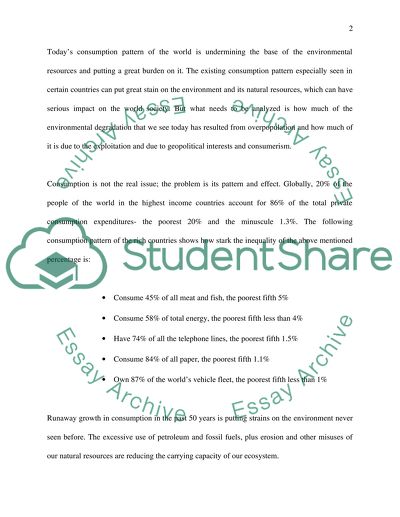Cite this document
(“Analysing the Environment Burden of Your Diet Essay”, n.d.)
Analysing the Environment Burden of Your Diet Essay. Retrieved from https://studentshare.org/miscellaneous/1514185-analysing-the-environment-burden-of-your-diet
Analysing the Environment Burden of Your Diet Essay. Retrieved from https://studentshare.org/miscellaneous/1514185-analysing-the-environment-burden-of-your-diet
(Analysing the Environment Burden of Your Diet Essay)
Analysing the Environment Burden of Your Diet Essay. https://studentshare.org/miscellaneous/1514185-analysing-the-environment-burden-of-your-diet.
Analysing the Environment Burden of Your Diet Essay. https://studentshare.org/miscellaneous/1514185-analysing-the-environment-burden-of-your-diet.
“Analysing the Environment Burden of Your Diet Essay”, n.d. https://studentshare.org/miscellaneous/1514185-analysing-the-environment-burden-of-your-diet.


